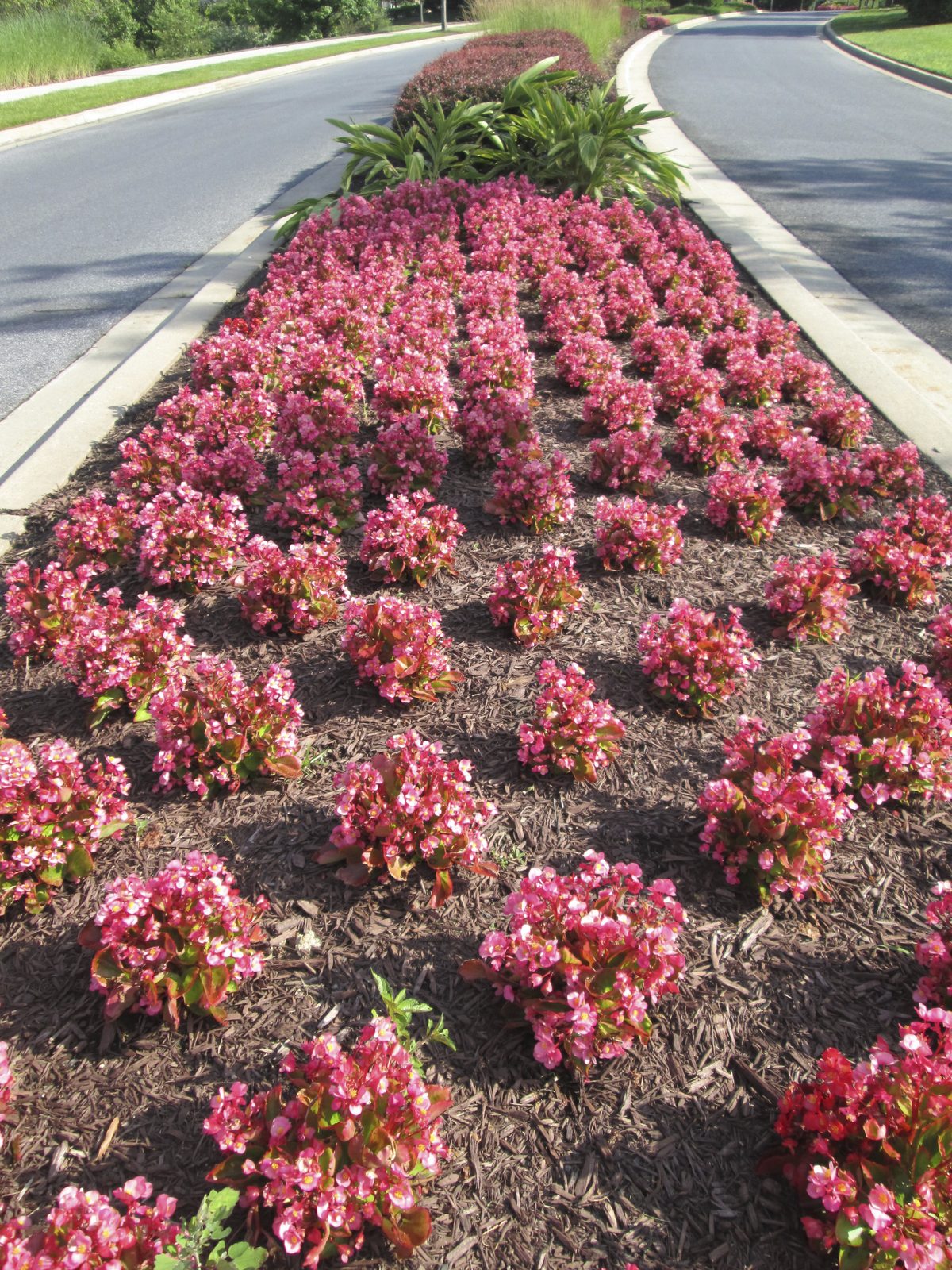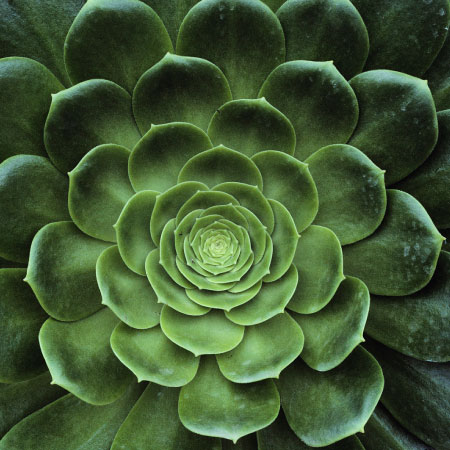Perennials For Hell Strips: Choosing Perennial Plants For Hell Strip Planting


A hell strip is that forlorn strip between the sidewalk and the street. Usually, the narrow area consists of a few trees and poorly kept grass at best and is all too frequently nothing but a weed patch. Although the area is owned by the municipality, care is usually left up to the homeowner. Hell strip planting is a challenging task because the soil is usually badly compacted, stripped of nutrients, and negatively affected by road salt and grime. Additionally, reflected heat from asphalt and concrete keep the hell strip hot as you-know-what during the summer months. In spite of all this negativity, don’t be discouraged. With a little advance planning and a careful choice of hell strip perennial plants, you can turn the hell strip into an urban oasis. Read on for examples of suitable perennials for hell strips.
Tips on Hell Strip Landscaping
Check ordinances and be sure your city allows hell strip planting. Although many cities have certain restrictions and guidelines, most are happy to see the area beautified and cared for. However, they will probably tell you that it’s your responsibility if the plant is damaged by snowplows, foot traffic, or road construction. When selecting perennials for hell strips, it’s best to choose plants that are 36 inches (91 cm.) tall or less if there’s any chance that the plants will block the vision of drivers – particularly your driveway – or your neighbor’s. Natural mulch, such as bark chips, keeps plant roots cool and moist, and also adds an element of beauty. However, mulch frequently gets washed into the storm drains. Gravel works well if your hell strip perennial plants are sturdy succulents, but again, the problem is keeping the gravel within the hell strip. You may need to surround plantings with edging to keep mulch in place. Low growing grasses work well in hell strips, especially those that are native to your area. They are attractive, sturdy, and drought tolerant. Keep pedestrians in mind. Usually, it’s best to avoid bristly or prickly plants.
Perennials for Hell Strips
Here is a sampling of the best perennial hell strip plant choices: Coreopsis, zones 3-9 Blue oat grass, zones 4-9 Siberian iris, zones 3-9 Blue fescue, zones 4-8 Yucca, zones 4-11 Liatris, zones 3-9 Phlox, zones 4-8 Sweet woodruff, zones 4-8 Penstemon, zones 3-9 Columbine, zones 3-9 Creeping juniper, zones 3-9 Ajuga, zones 3-9 Veronica – zones 3-8 Creeping thyme, zones 4-9 (Some varieties tolerate zone 2) Sedum, zones 4-9 (most) Peonies, zones 3-8
Sign up for the Gardening Know How newsletter today and receive a free copy of our e-book "How to Grow Delicious Tomatoes".

A Credentialed Garden Writer, Mary H. Dyer was with Gardening Know How in the very beginning, publishing articles as early as 2007.